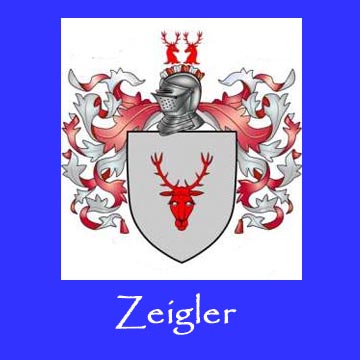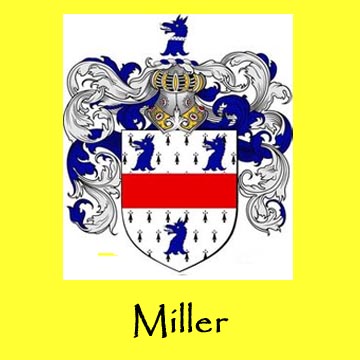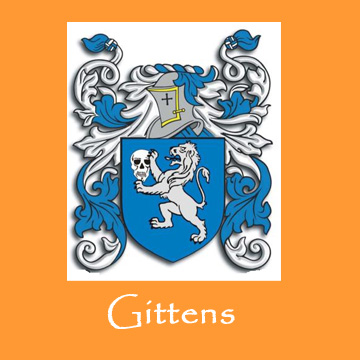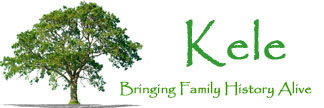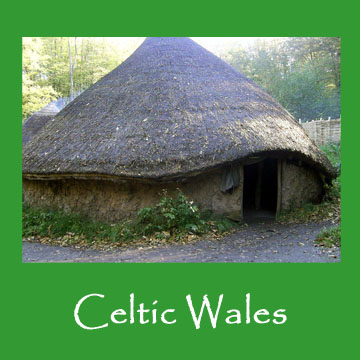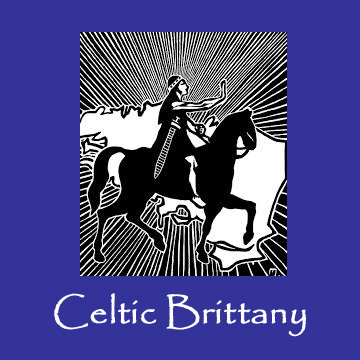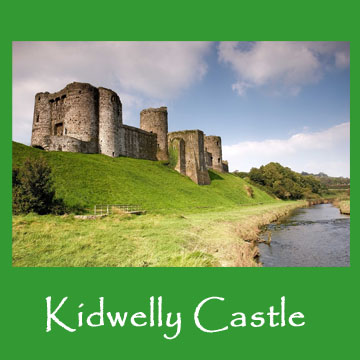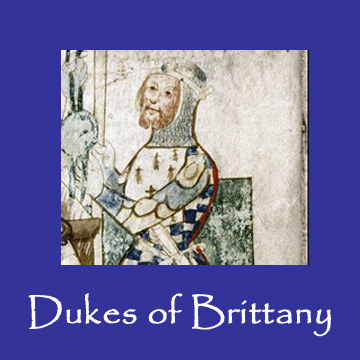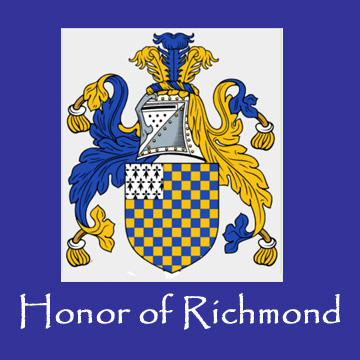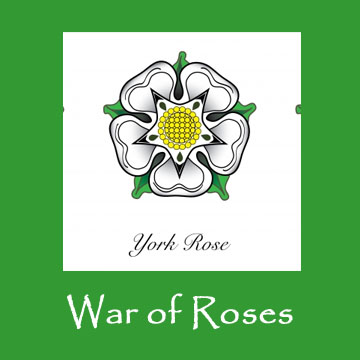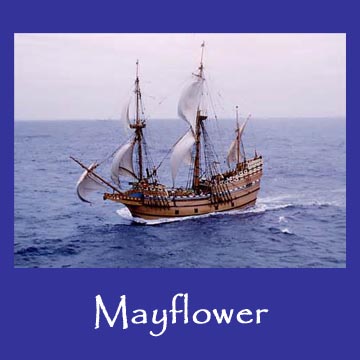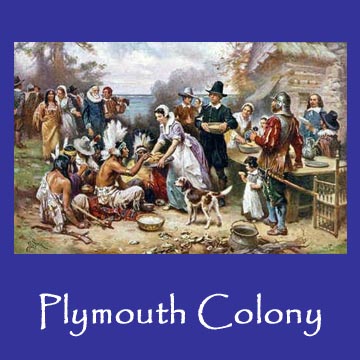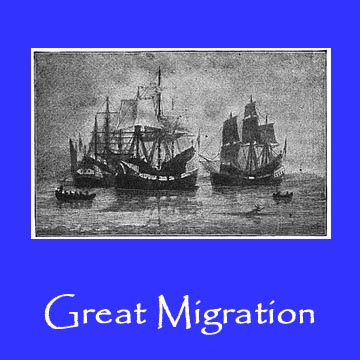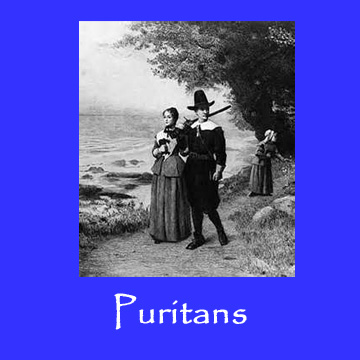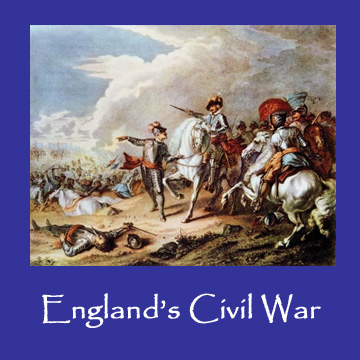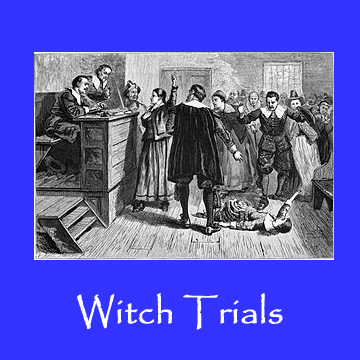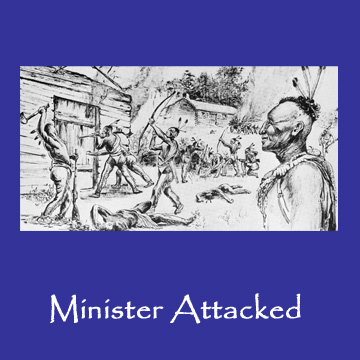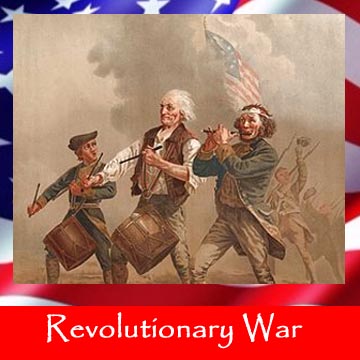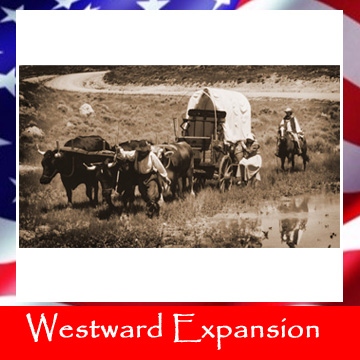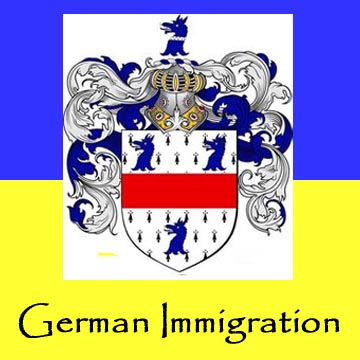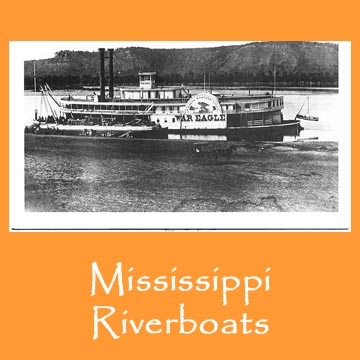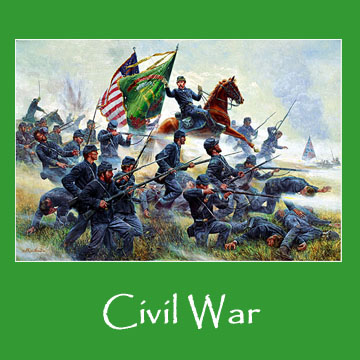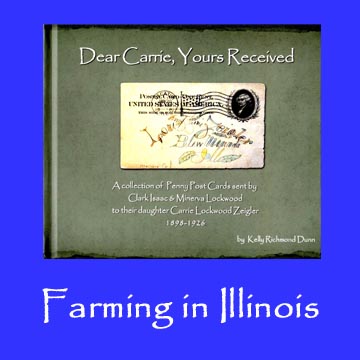The New World and the Old World Europe
The early modern period of modern history follows the late Middle Ages of the post-classical era. Although the chronological limits of the period are open to debate, the timeframe spans the period after the late portion of the post-classical age (c. 1500), known as the Middle Ages, through the beginning of the Age of Revolutions (c. 1800). Historians in recent decades have argued that from a worldwide standpoint, the most important feature of the early modern period was its globalizing character.[1] The period witnessed the exploration and colonization of the Americas and the rise of sustained contacts between previously isolated parts of the globe. The historical powers became involved in global trade, as the exchange of goods, plants, animals, and food crops extended to the Old World and the New World.




